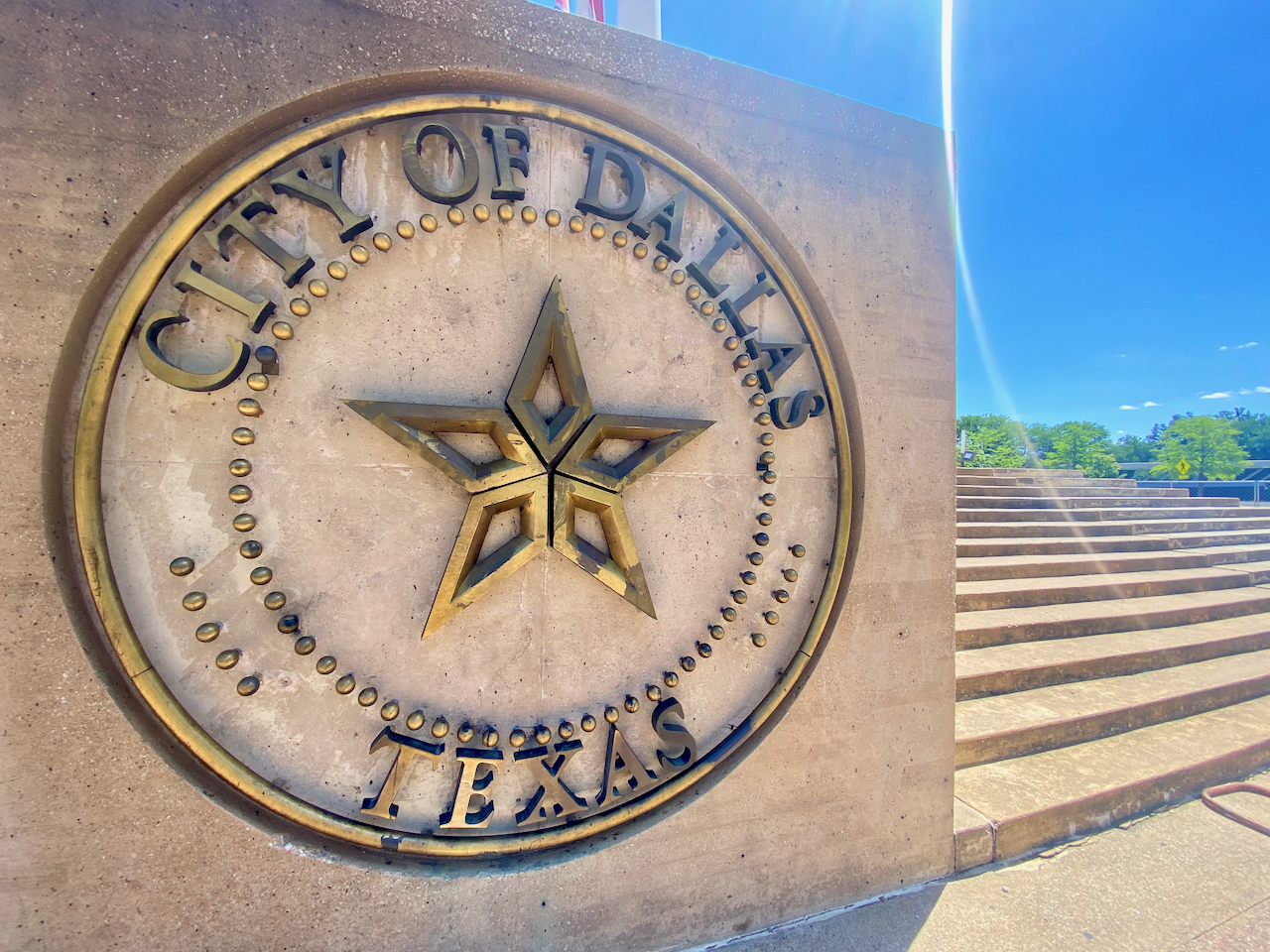
Lauren Drewes Daniels

Audio By Carbonatix
Dallas is still considering what to do with I-345, the expressway bridge dividing downtown from Deep Ellum. The City Council will get the rundown on a study of the various options available for the highway and is expected to hold a final vote on its future this month.
I-345 was built in 1973 as a 1.4-mile, six-lane, elevated structure. It connects Interstate 45 to U.S. 75 through downtown, and provides connections to I-30 and Woodall Rodgers Freeway. The highway carries some 180,000 vehicles a day, a number that could increase to 206,000 by 2045.
A study conducted by the Texas Department of Transportation to develop alternatives for I-345 cost the state agency about $7 million. The agency says it was looking for the best solution that maintains safety, mobility and operability.
TxDOT took into account previous studies on the highway and ongoing city projects when conducting this most recent study. About half of the population in the area around the highway is made up of minority communities. About 34% of the population have incomes below the 2022 national poverty level of $27,750.
This year, make your gift count –
Invest in local news that matters.
Our work is funded by readers like you who make voluntary gifts because they value our work and want to see it continue. Make a contribution today to help us reach our $30,000 goal!
“We shouldn’t just stop and let it happen.” – Paula Blackmon, Dallas City Council
There are five options on the table for I-345: leave it as is; depress it, making it a below-grade highway; remove it and replace it with a boulevard; leave it elevated and bring improvements to the nearby street grid and pedestrian infrastructure it; or use a refined hybrid option recommended by TxDOT that would depress the freeway and create a deck park. They all come with benefits and challenges, some more than others.
The results of the study have been shown to Dallas’ Transportation and Infrastructure Committee as well as the City Council. A resolution of support for the TxDOT-recommended refined hybrid option was scheduled for a City Council vote on February 22 but was delayed because council members wanted residents to have more time to give their input.
Now, that City Council vote is set for May 24.
The study was back before the Transportation and Infrastructure Committee this week. At the committee meeting Monday, Assistant City Manager Robert M. Perez said the result of the public input seemed to home in on the removal option and the hybrid option.
One of the big benefits of the below-grade and elevated options is that TxDOT would have to pay for the construction costs. The below-grade option would also provide several acres of land for possible development. The elevated option would do the same but have a smaller footprint. In both of these options, the city would have to absorb the right-of-way costs.
TxDOT says that removal of the highway would cause significant harm to traffic, eliminate a connection between South Dallas and North Dallas and require the city to cover the right of way and construction costs. On top of that, there could be potential DART grade separations, and the removal may never even win approval, according to TxDOT. It could also result in legal challenges over potential civil rights violations that would need to be determined by the U.S. Department of Justice. This could affect the city’s ability to get certain state and federal funding and support.
TxDOT said the hybrid option would maintain the north and south connection and remove the perceived barriers between surrounding communities. It would also provide land for possible redevelopment and create more shared-use paths on cross streets. The construction costs would also be covered by TxDOT under this option.
Ceason Clemens, a district engineer for TxDOT, said at the committee meeting Monday that a lot of the public comment on I-345 centered on keeping communities together, travel times between North Dallas and South Dallas, and the possibility for economic development. “Our goal was to make sure this wasn’t just a TxDOT study,” Clemens said. “It was a collaborative effort with the city staff.”
On Tuesday, the local group Dallas Neighbors for Housing launched the website replace345.org. There’s a lot of information on the site about the road, including supposed issues with TxDOT’s hybrid model. The group says the hybrid plan would increase traffic congestion, not reduce it, and that it doesn’t do enough to make downtown “the proper engine of our city’s future.”
The site also includes a petition to try to persuade the City Council to do an independent study of all the options for I-345, saying TxDOT is looking only at the traffic implications of the project.
After dozens of meetings with city staff, committees and residents, City Council members likely have some idea by now of what they’d like to see come of I-345. Cara Mendelsohn, City Council member for District 12, told the Observer she supports moving forward with TxDOT’s plans.
Paula Blackmon, District 9’s City Council member, said the southern part of Dallas shouldn’t be cut off from the rest of the city, and she thinks removing I-345 and replacing it with a boulevard could do that. Whatever plan is chosen, Blackmon said she’s open to change. “We shouldn’t just stop and let it happen,” she said. “Let’s keep refining [the plan].”